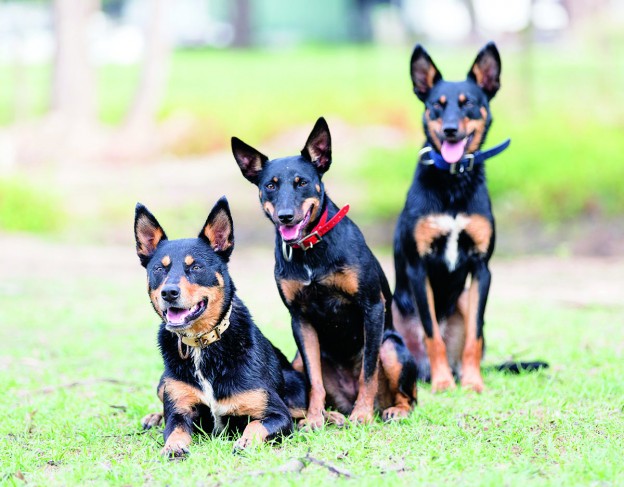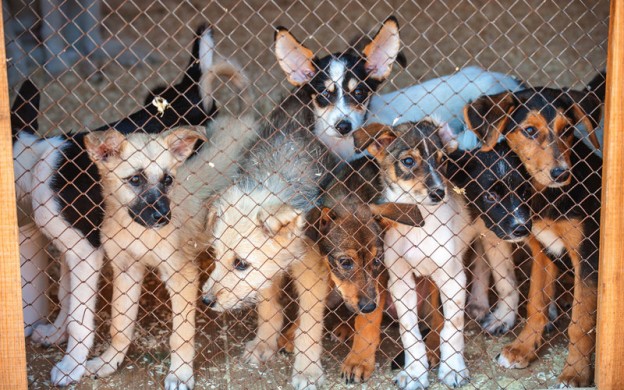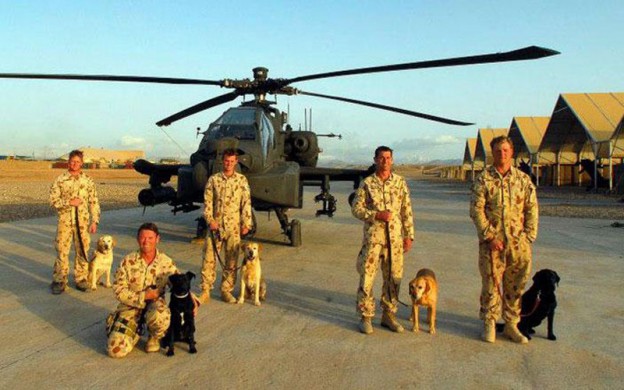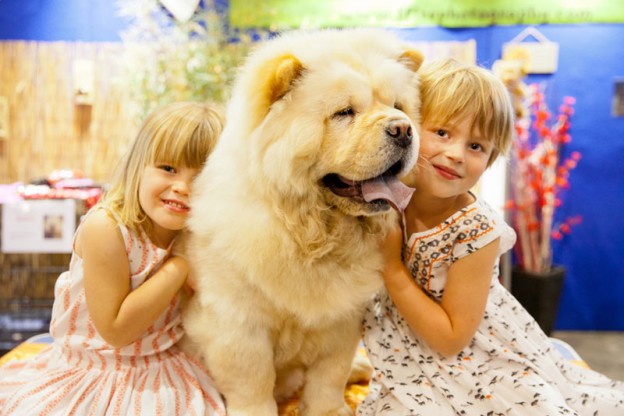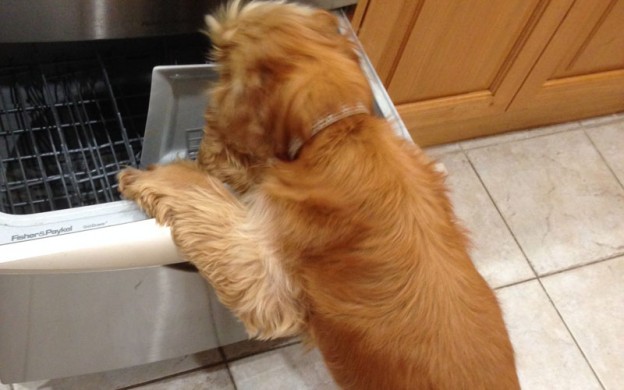
Editor’s note: Since this article has been written, there has been changes to the Code of Practice. For more information, visit depi.vic.gov.au and search for “Breeding and rearing businesses”.
In early April 2014, the Victorian Government implemented a raft of changes to the code of practice that governs breeders and rearing businesses. Kristie Bradfield investigates the changes.
Late 2013, the Victorian Department of Environment and Primary Industries (DEPI) released a final draft of the Code of Practice for the Operation of Breeding and Rearing Businesses. This Code provides guidelines under which breeders must conduct their businesses and sets forth the punishment that is handed down if these guidelines are not met.
It took three years of research, writing and consultation with animal welfare groups, advocates, stakeholders and the general public for the document to reach this stage. Animal welfare groups stated that while the guidelines weren’t perfect, they were a start, and groups like the RSPCA were happy to move forward under the proviso that two specific points – the five-litter limit and compulsory pre- and post-breeding vet checks – would be included in the final code.
In April 2014, this Code of Practice became law. Victorian Minister for Agriculture and Food Safety Peter Walsh said that the new changes provided a benchmark for animal welfare and management in Victoria. “Under the new Code of Practice there are now health and wellbeing assurances … that previously never existed in Victoria,” he said.
The document contains more than 100 requirements that cover a range of topics, from staffing levels through to general health and exercise recommendations. But it is what the Code didn’t include that has animal welfare groups up in arms.
Key changes
There are two key changes in the Code that are in contention. They are:
- That bitches can continue to breed after five litters if they are deemed healthy by a vet.
- That both male and female dogs are required to be assessed by a vet only prior to breeding age.
The RSPCA has called these amendments a backflip on an election commitment. “To remove the breeding limits undermines the whole intent of the Code,” says Maria Mercurio, CEO of RSPCA Victoria. “And why remove the requirement for pre-mating and post-birthing vet checks? Are we trying to cut costs to make the intensive breeding industry viable?”
The importance of pre- and post-breeding assessment
As the Code stands now, a vet will perform a pre-mating assessment on male and female dogs to ensure that they are fit to breed. The vet will take into consideration the overall health of each animal, and will assess factors such as weight, temperament and medical history.
While this pre-mating health check is necessary, it’s the absence of checks before and after each breeding cycle that has Liz Walker from Lort Smith Animal Hospital concerned.
“It makes sense to confirm the good health of the breeding animals prior to engaging in breeding and post-breeding as well,” Walker says. These checks would identify hereditary issues that breeding would perpetuate or reproductive issues that could make reproduction risky for the bitch. Other issues such as arthritis, cardiac or respiratory disease or diabetes would also place the bitch at great risk.
“Post-breeding checks are equally important to ensure that the reproductive organs are recovered and the general health of the bitch is good,” says Walker. “Problems such as infections of the uterus and mammary glands may otherwise become chronic; retained foetal membranes may also be a problem; and some bitches lose condition and are relatively weak after a litter of pups so will need special care to return to good health.
“In a nutshell, not conducting these examinations can place bitches and their potential litters at risk of numerous preventable illnesses and even death.”
The never-ending breeding scenario
Having just one litter is physically demanding for a bitch. Breeding back-to-back litters, without pre- and post-breeding assessment, may put the health of a bitch and her pups at serious risk. This never-ending breeding scenario worries the RSPCA.
“How ‘fitness’ for breeding is determined by the vet is completely subjective and does not guarantee that the long-term physical and mental health of the dogs will be considered in determining ‘fitness’ to continue breeding,” says Mercurio. “While we know that the majority of vets practising are ethical and will not promote unscrupulous breeding practices, we also know that there are a small number of vets who do not operate in this way.”
While the Australian Veterinary Association has no policy position relating to the maximum number of litters a bitch should produce, Victorian President Dr Trish Stewart believes members will put the health of a breeding bitch above all else. “It is reasonable to think that a breeding dog’s welfare would be considered and that she would be retired with enough time allowed for her to enjoy a life away from breeding. There is no way to estimate the amount of litters a bitch has had based on a physical examination, but with the strict record keeping included in the Code, all litters are required to be documented by the breeder so it would be an offence if records were not accurate.”
The updated Code of Practice provides ethical breeders with a set of guidelines that they must adhere to. Jodie Knox, President of the Australian Association of Pet Dog Breeders (AAPDB), welcomes the new Code, calling the amendments long overdue. “The transparent ethical breeders, concerned about animal welfare and management, who are registered breeders either by Council or a canine association, will be policed in many ways,” she says. “They will be prepared to abide by the Code of Practice so they can demonstrate their commitment to animal welfare and to remain breeding.”
The scourge of puppy farms
While Minister Walsh asserts that the changes help to crack down on illegal puppy farms, Mercurio disagrees, saying, “Essentially, these changes give a green light to puppy factories, with the rogue dog breeding practices the government promised to stamp out now legalised and enshrined in the new Code.”
There is no doubt that illegal puppy farmers will skirt the law and disregard the health and safety of their animals in order to make money. Sadly, it is the pups born in these substandard conditions that will continue to suffer. “Unfortunately, while the puppy farms keep dogs as ‘stock’ and produce animals for people to buy like any product on a shelf, groups like ours will still struggle with the end result of unwanted dogs dumped in the pound,” says Victorian Dog Rescue and Resource Group spokesperson Trisha Taylor. “We are at the end of the chain – one end makes the money while we pick up the discarded ‘rubbish’.”
Read more
Want to know more about the Code? Head to depi.vic.gov.au and search for “Breeding and rearing businesses”.
Quick facts about the updated Code
- The new Code features over 100 recommendations relating to the breeding and rearing of companion animals in Victoria.
- The government consulted with animal welfare groups and stakeholders, and welcomed public feedback during the drafting of the Code. Over 20,000 people registered their input.
- Unregistered or non-compliant breeders face fines of up to $35,512 and bans of up to 10 years on owning animals. They may also have their animals and property confiscated.



